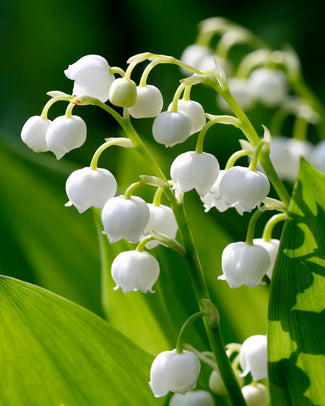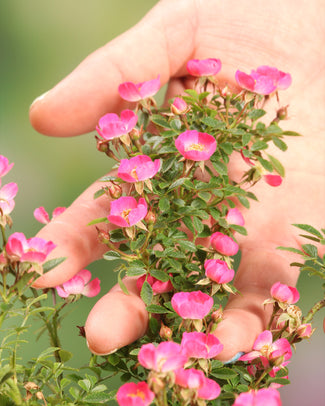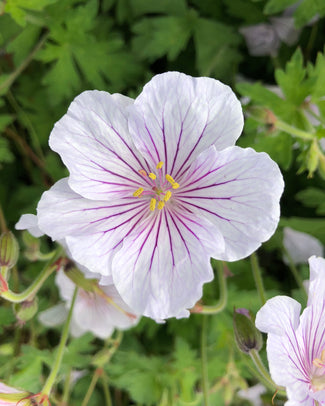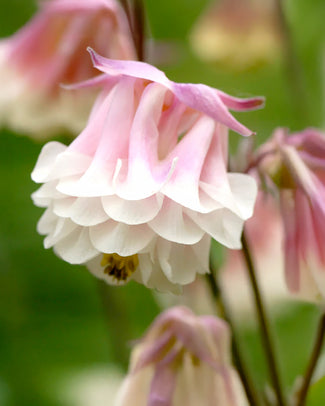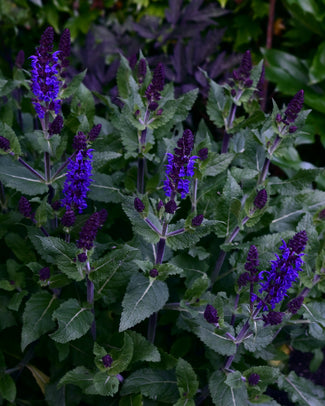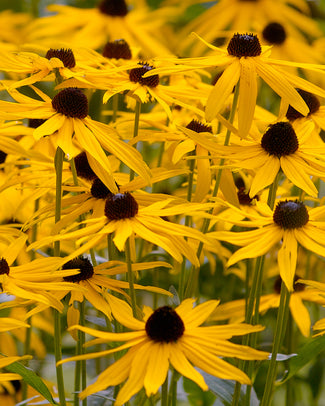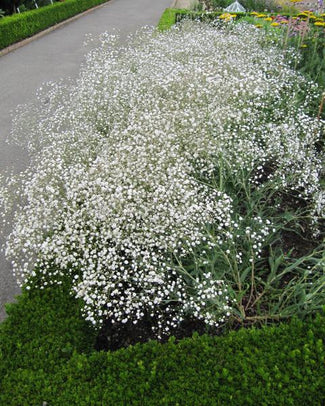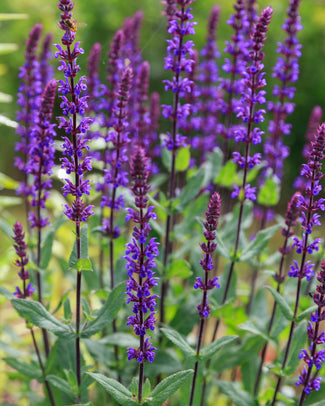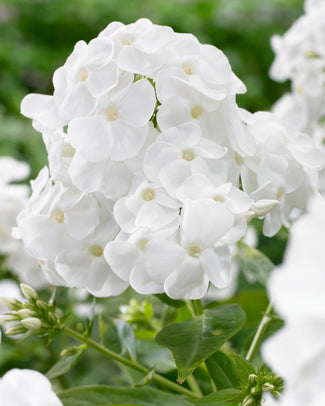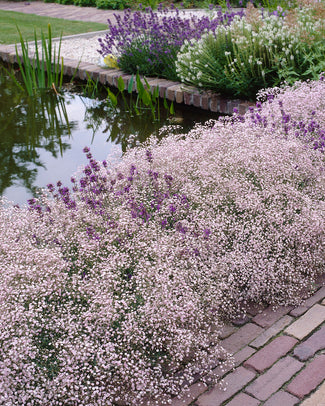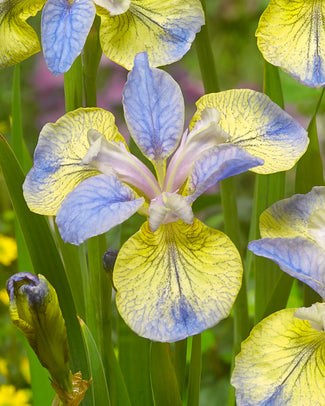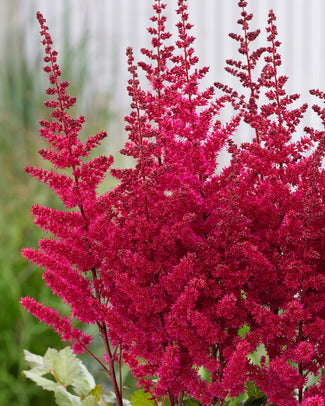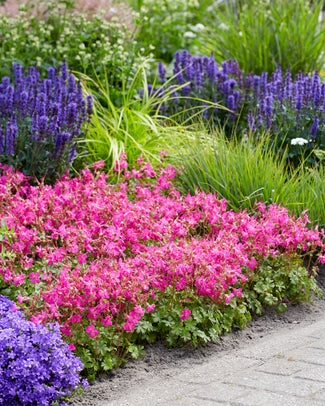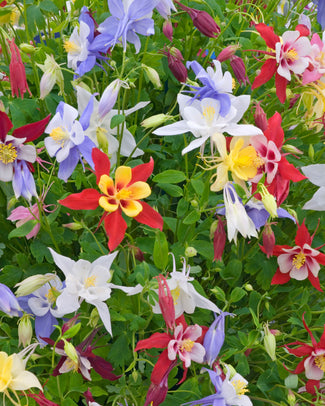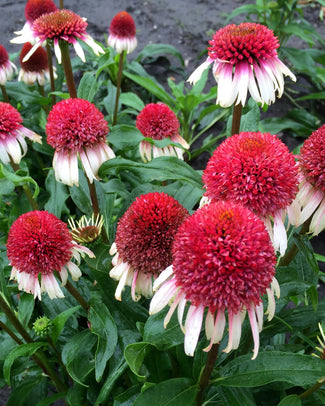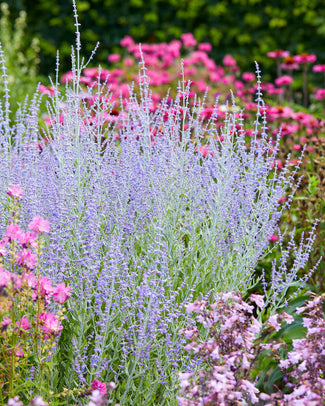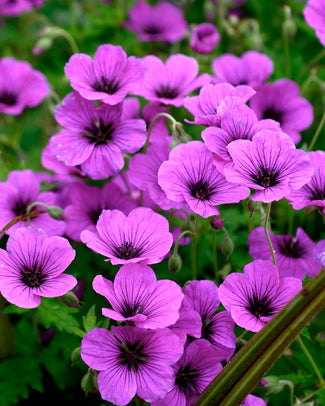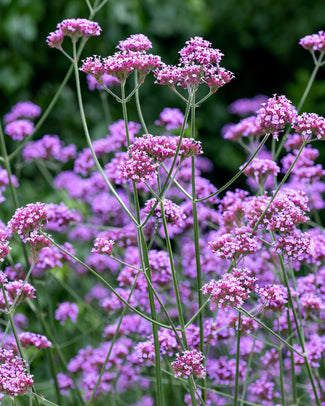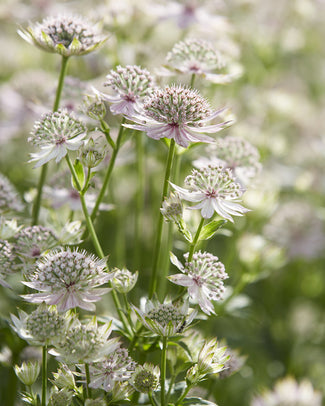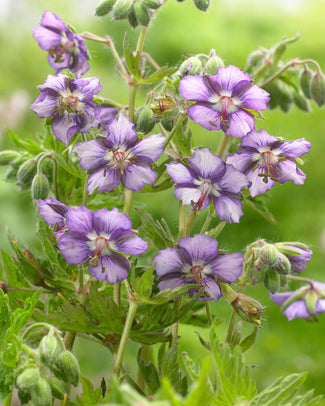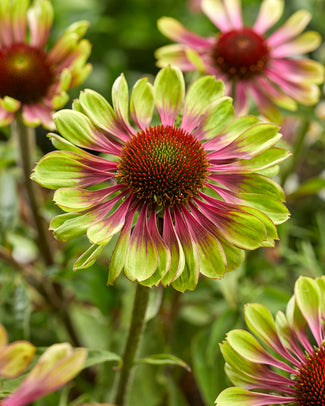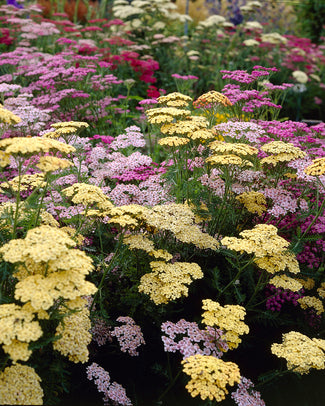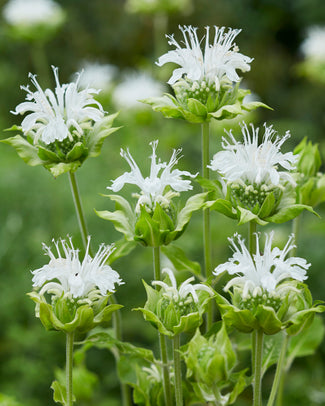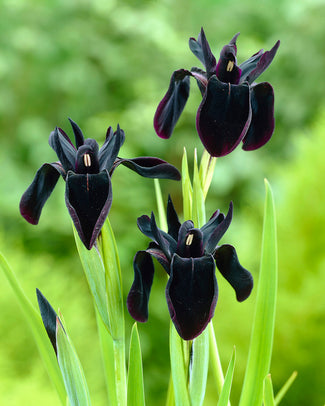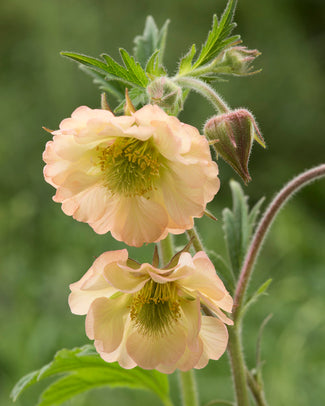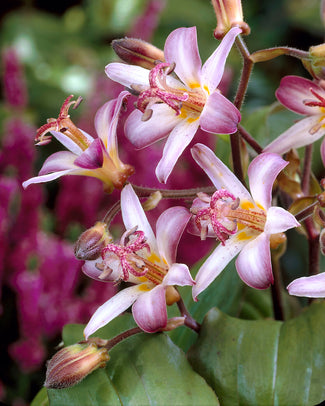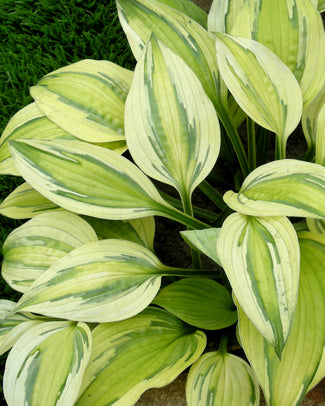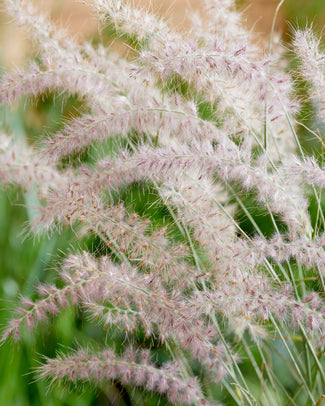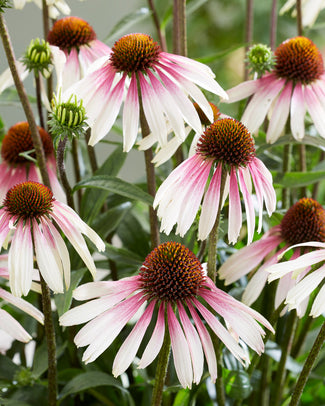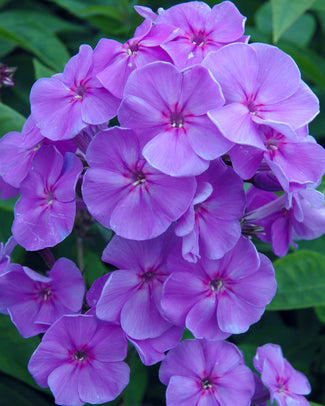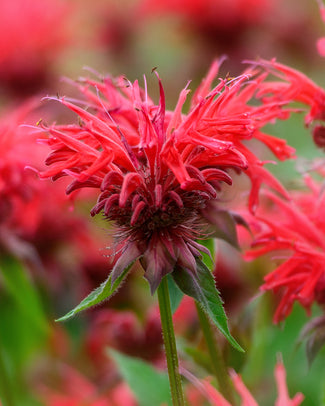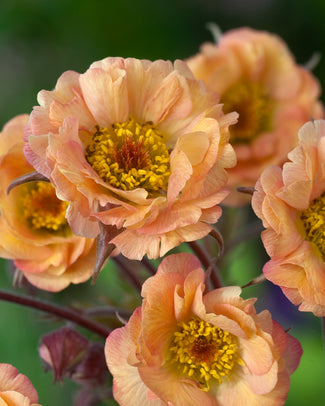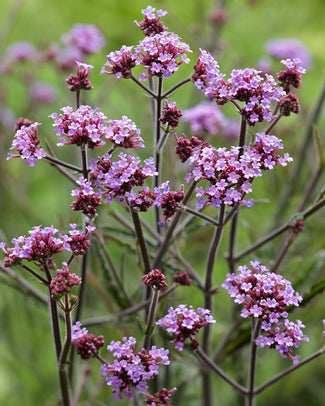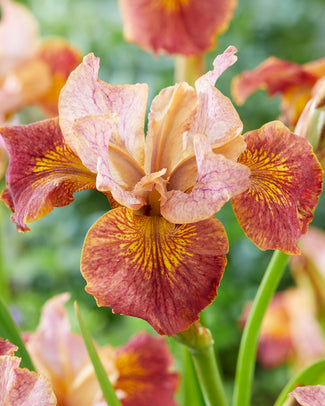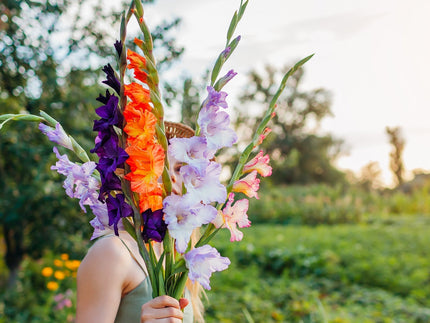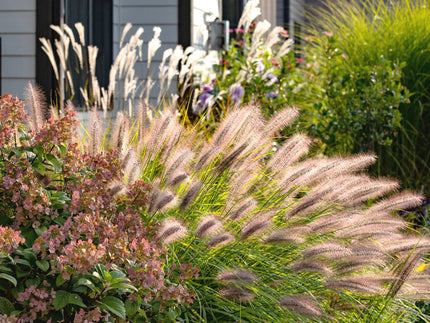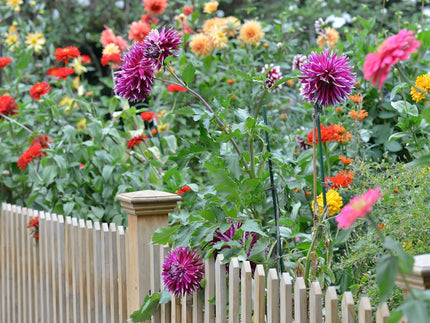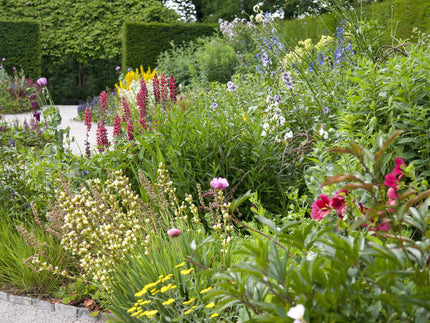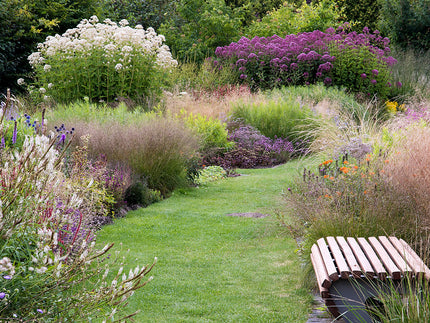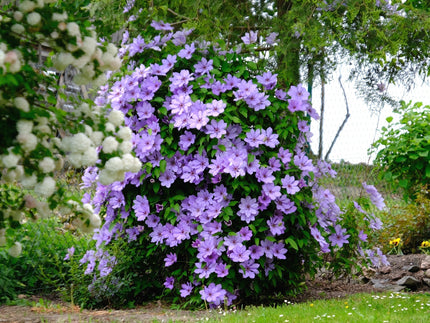How to plant Alcea
Commonly known as Hollyhocks, these biennial plants are known and loved for their towering spires of blooms which appear in summer, attracting pollinators like bumblebees and butterflies. Alcea are native to Europe and Asia, they’re fully hardy and very low maintenance. These robust plants will self-seed freely and naturalise. They need an open, sunny spot and a very well-drained soil. Their very tall stems make them useful for the back of the border, or growing along walls and boundaries.
How to plant
- Alcea can be planted in spring or autumn and are supplied in both seasons. It is necessary to plant in the same season as the plant it supplied to you, while they’re fresh and viable.
- Plant Alcea bare roots in spring between February and May, or autumn between September and December, ideally within a week of delivery.
- Soak the roots in water for 3-6 hours prior to planting. Pot into temporary 2 litre (or 15-20cm diameter) pots, using a good quality multi-purpose compost. If the root it too long to pot up, you can plant it directly into a border with crumbly, free-draining soil which has been dug over and cleared of weeks.
- Plant with the full root submerged and with the top of the root system level with the soil surface. Any shoots or leaves which have emerged should be left exposed above the soil surface.
- If potting, grow them on in a sheltered area outside. They can be transplanted into suitable growing positions after 2-4 months or once growth is established and the plants easily come out of the temporary pots with the soil held together in a root ball.
- When planting into the garden, choose a position in a border in full sun and free-draining soil. They tend to also grow well in gravel areas with stony or gritty soil.
- If planting directly into a border, mark it so you can monitor it and keep space clear around the young plant to ensure it is not becoming overcrowded by neighbouring plants.
- Alcea is fully hardy to around -15C and does not require winter protection in most areas.
- Water-in after planting and keep hydrated when in growth, particularly during the first year. Once settled in, Alcea is fairly drought tolerant.
Aftercare
- Alcea is biennial which means that it will flower every other year. However, they do multiply both from the root system and by seed, which means that it is usually the case that there are some hollyhocks flowering every year, alternativing with those which are having a break from flowering.
- Leaves appear in winter or spring, followed by tall flower spires in summer. Depending on the how well the plant settles in and also its biennial cycle, it may not flower in the first year.
- Alcea flower stems can be cut back down to ground level after flowering, or you can wait a while longer for seeds to ripen before cutting them. Collected seeds can be scattered in autumn or early spring, or potted up and grown.
- Alcea tend to grow taller with maturity and don’t always reach full height in the first flowering year.
































































































































































































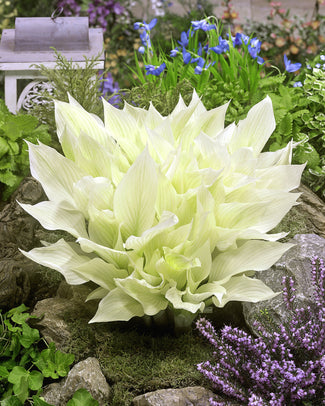
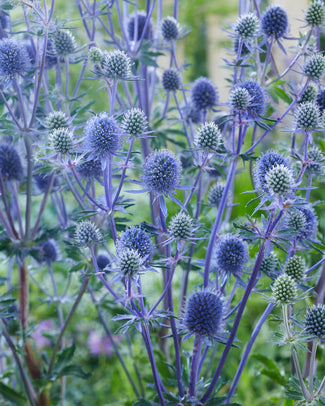
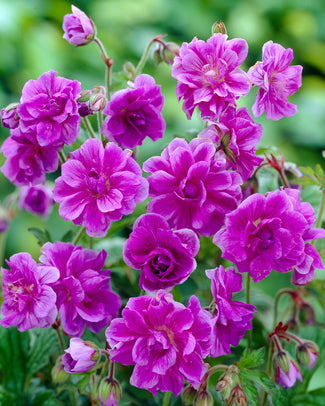
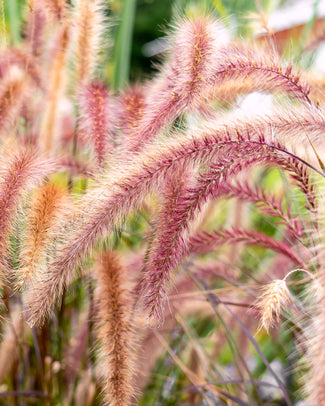
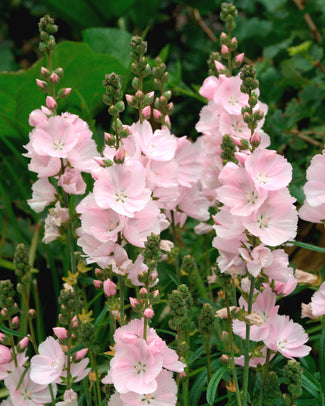
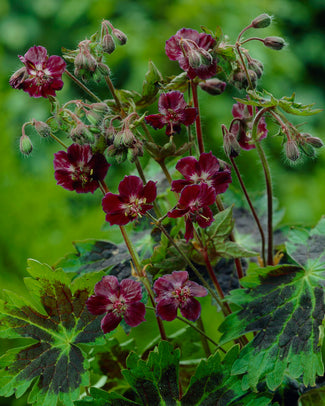
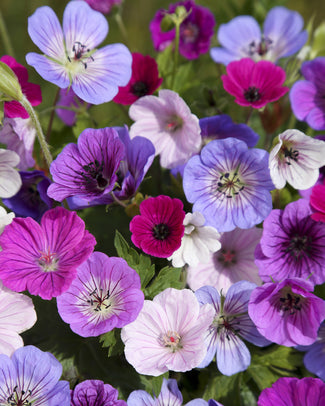
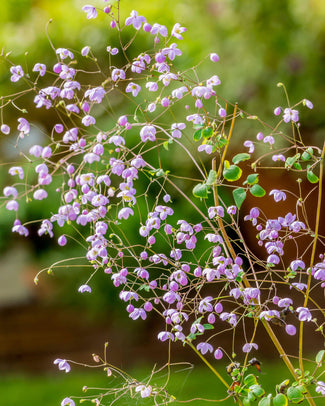
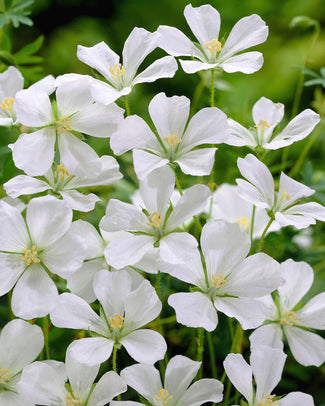
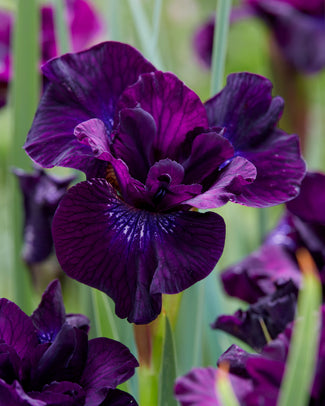
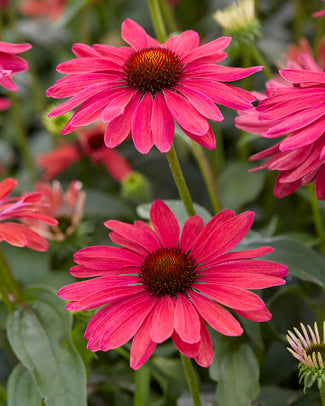
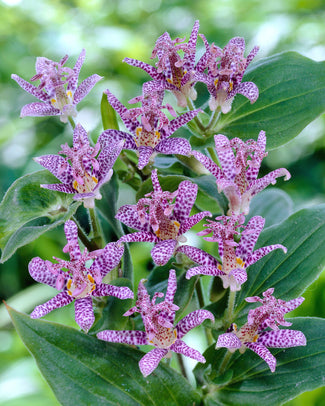
![Agapanthus 'Black Buddhist' []](http://www.farmergracy.co.uk/cdn/shop/products/agapanthus-black-buddhist-1_325x.jpg?v=1575625838)
